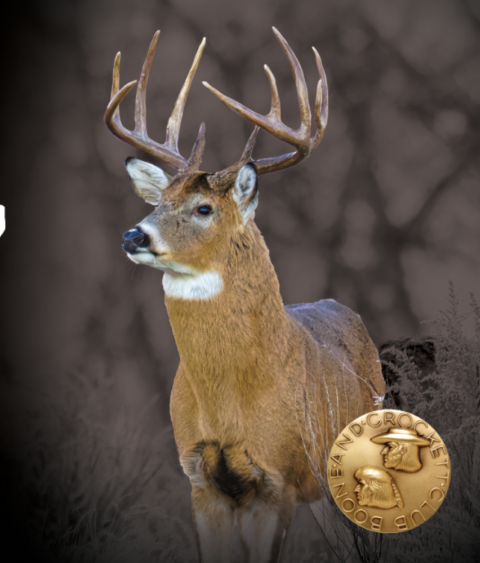Conservation Brief
Advocates Add Wolf Reintroduction to Colorado Ballot; Pack Observed in State
The Colorado Secretary of State’s office announced on January 6 that advocates had gathered enough signatures to add a wolf reintroduction measure to the 2020 General Election ballot. Over 211,000 signatures were collected with roughly 139,000 being deemed valid, clearing the hurdle for inclusion on the ballot by about 15,000 signatures. If passed by Colorado voters, Initiative 107 would direct Colorado Parks and Wildlife (CPW) to develop a plan to reintroduce wolves by 2023.
Shortly after the ballot initiative was approved, CPW announced that they had credible accounts that a pack of six wolves was active in the northwest corner of the state near the border with Wyoming. Hunters had observed the wolves during an October hunting trip and were able to record video evidence of two of the wolves running through sagebrush.
“The sighting marks the first time in recent history CPW has received a report of multiple wolves traveling together,” said CPW Northwest Regional Manager JT Romatzke. “In addition, in the days prior, the eyewitness says he heard distinct howls coming from different animals. In my opinion, this is a very credible report.”
In addition, an elk carcass was recently found in Irish Canyon, near where the wolves were observed. The carcass was in a condition that was consistent with wolf predation and there were large canid tracks from multiple animals in the snow around the carcass.
“It is inevitable, based on known wolf behavior, that they would travel here from states where their populations are well-established,” Romatzke continued. “We have no doubt that they are here, and the most recent sighting of what appears to be wolves traveling together in what can be best described as a pack is further evidence of the presence of wolves in Colorado. We will not take direct action and we want to remind the public that wolves are federally endangered species and fall under the jurisdiction of the U.S. Fish and Wildlife Service. As wolves move into the state on their own, we will work with our federal partners to manage the species.”
Wolf reintroduction advocates say the recent observations do not undermine the need for the ballot initiative, claiming that wolf restoration will require more active engagement by the agency. However, others are cautioning that wildlife management that is directed through political advocacy can have negative implications for science-based management. In 2016, the Colorado Parks and Wildlife Commission passed a resolution reaffirming the commission’s 2005 approval of the Wolf Working Group’s recommendations and opposing the intentional release of wolves in the state. The political battle around Initiative 107 is likely to draw significant visibility and attention to the future of state-based wildlife management authority in the coming months.



